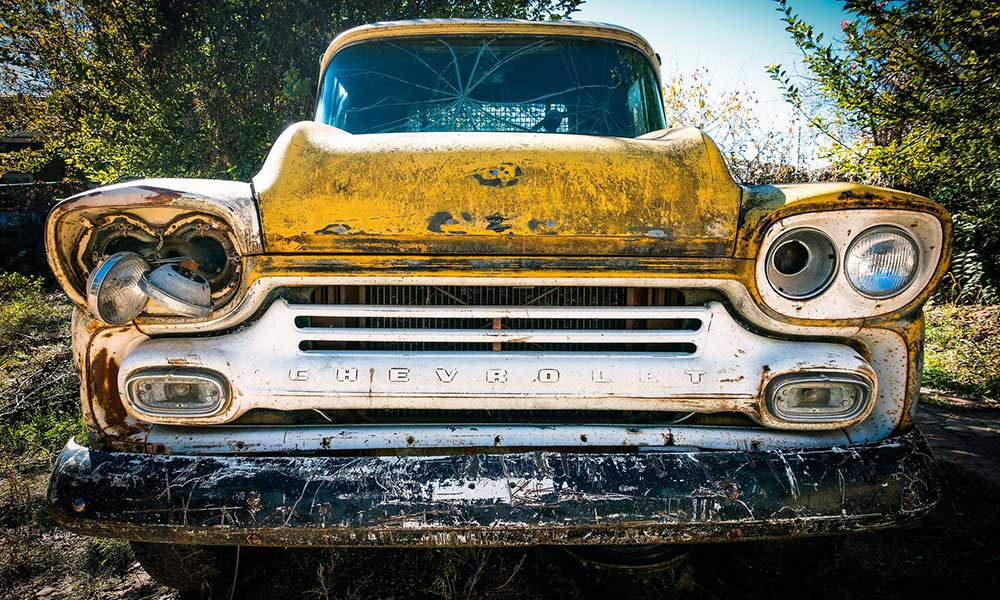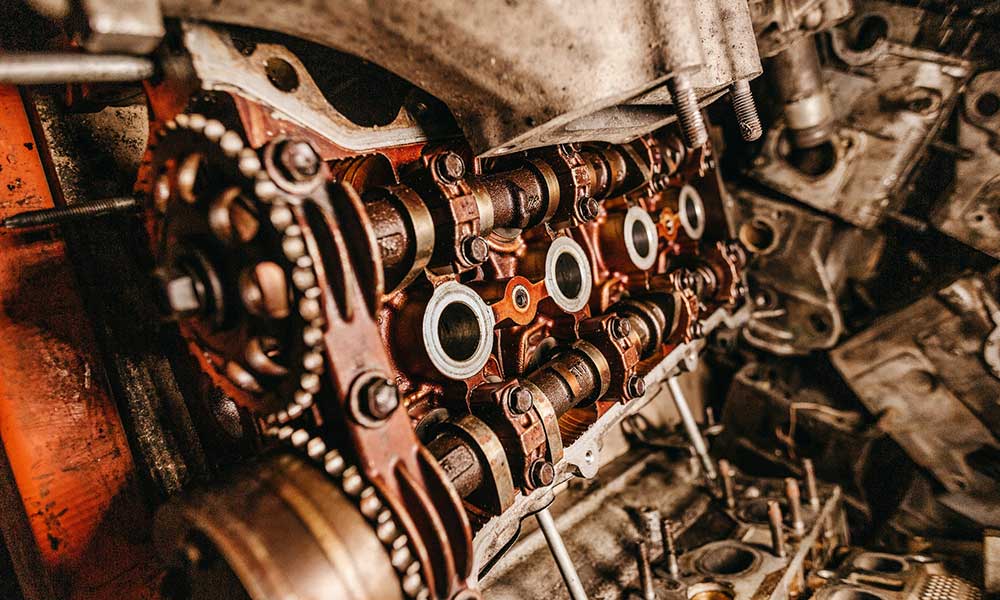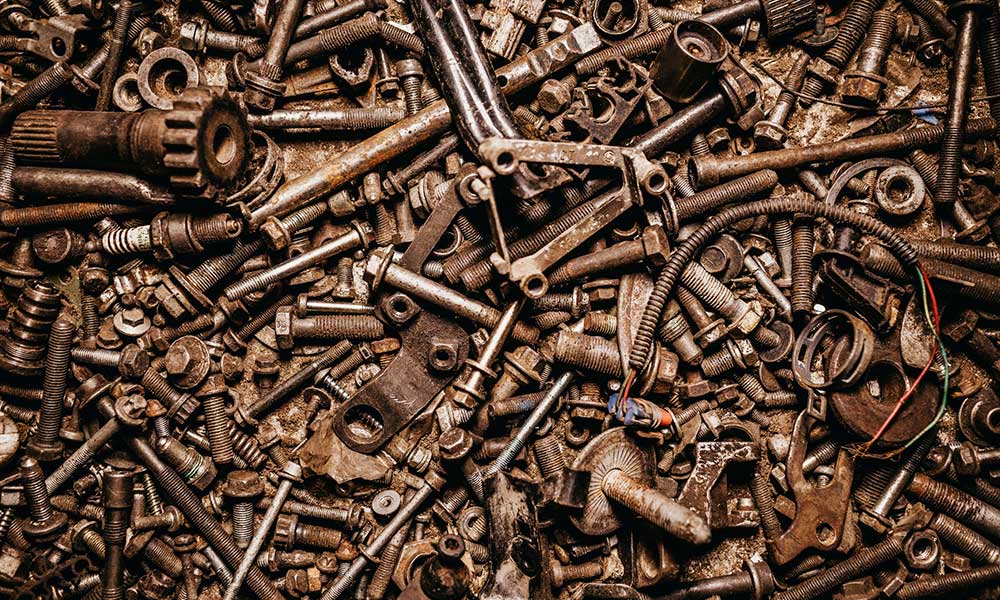Car owners who have experienced hail damage on their vehicles often struggle with the decision of whether to fix it or not. On the one hand, fixing the damage can restore the car’s aesthetic appearance and increase its resale value. On the other hand, the repair cost, time, and effort can be a significant burden.
This article will explore the pros and cons of fixing the damage, factors to consider and alternative solutions. Our goal is to provide a comprehensive guide to help you make an informed decision about fixing hail damage on your vehicle. Read on!
What is Hail Damage
Hail damage, as the name suggests, is caused by the impact of hailstones on a car’s body. It can range from tiny dents to large, unsightly dings that can significantly affect the appearance and value of a vehicle. Unfortunately, hail is common in many parts of the world and can strike without warning, leaving your car damaged.
But it’s not just the aesthetics that are impacted by hail damage. The dents and dings caused by hail can also compromise the car’s structure and, in severe cases, affect its safety and performance. So, even though hail damage may seem like a minor issue, it’s important to address it promptly to ensure that your car continues to run smoothly and safely.
In simple terms, hail damage is more than just an eyesore on your car’s body. It can impact its appearance, value, and performance, making it a serious issue that deserves attention. And while fixing hail damage may seem like a hassle, it’s a small price to pay for keeping your car looking and functioning at its best.
Factors to Consider in Fixing Hail Damage on Your Car
When deciding whether to fix hail damage on a car, several factors should be considered to make an informed decision. These include the repair cost, the damage’s severity, the car’s age and value, and insurance coverage. Let’s examine each factor in more detail.
- Cost of repair: The cost of repairing hail damage can vary depending on the severity of the damage, the type of car, and the location of the repair. On average, hail damage repair can cost anywhere from a few hundred to several thousand dollars. It’s important to get a detailed estimate from a reputable auto body shop to determine the cost of repairing the damage.
- The severity of the damage: The severity of the hail damage will impact the cost of repair and the decision of whether to fix it. If the damage is minor, with only a few small dents, it may not be worth fixing. However, if the damage is severe, with large dents and cracks, it may be necessary to repair it to restore the car’s appearance and value.
- Age and value of the car: The age and value of the car should also be considered when deciding whether to fix hail damage. If the car is older and not worth much, it may not be worth spending on repairs. However, repairing the damage may be a good investment if the car is newer and has a high resale value.
- Insurance coverage: Finally, insurance coverage is another important factor to consider. If the damage is covered by insurance, the repair cost may be reduced or even covered entirely. Always check with your insurance company to see if your policy covers hail damage and to determine what your deductible will be.
Pros and Cons of Fixing Hail Damage
Fixing hail damage on a car can have pros and cons, and it’s important to understand both sides before deciding. Let’s take a look at the pros and cons of fixing hail damage:
Pros:
- Restores appearance: Repairing hail damage can restore the car’s appearance and make it look new. This can increase the car’s resale value and make it more attractive to potential buyers.
- Prevents further damage: If the hail damage is severe, it can compromise the car’s structure and lead to further damage over time. Repairing the damage promptly can prevent further damage and keep the car in good condition.
- Increases value: Repairing hail damage can increase the car’s value, especially if it is a newer model with a high resale value.
Cons:
- Cost: The cost of repairing hail damage can be high, especially if the damage is severe. This can burden car owners, especially if the damage is not covered by insurance.
- Time and effort: Repairing hail damage can be time-consuming and requires significant effort. Car owners may need to take time off work to take the car to the repair shop, which can take several days or weeks.
- Not a guarantee: Repairing hail damage does not guarantee that the car will look new again. In some cases, the damage may still be visible even after the repair, which can be disappointing for car owners.
As a car owner, you should carefully weigh the costs and benefits of repairing the damage before deciding. This will help you consider the best for your situation and budget.
Alternatives to Fixing Hail Damage
Fixing hail damage on a car can be expensive and time-consuming, so it’s important to consider alternative solutions before deciding. Here are a few alternative solutions that car owners can consider:
- Paintless dent repair: Paintless dent repair is a cost-effective and non-invasive solution for repairing hail damage. This method involves using specialized tools to gently massage dents out of the metal, restoring the car’s appearance without damaging the paint.
- Auto body filler and paint: For more severe hail damage, car owners can repair the damage with auto body filler and paint. Here, you’ll fill the dents with a putty-like substance and then sand and paint the affected area. While this is more expensive and time-consuming than paintless dent repair, it’s necessary for severe damage.
- Car covers and storage: If the damage is minor and the car is not in use, car owners can choose to cover the car and store it in a protected area until the damage can be repaired. Car covers and storage are a great option for car owners who do not have the funds to repair the damage immediately.
- Selling the car: For older cars with high mileage and low resale value, selling the car and purchasing a newer model may be a more cost-effective solution. Getting rid of the car by selling it can be especially beneficial if the cost of repairing the hail damage is high and the car is not worth much.
Final Thoughts
Fixing hail damage on a car is a decision that requires careful consideration. Understanding the factors that influence the cost and benefit of repairing the damage and exploring alternative solutions can help car owners make an informed decision that is best for their situation and budget.
Whether it is worth fixing hail damage depends on the extent of the damage, the car’s age, value, intended use, and the car owner’s budget and priorities. By weighing all of these factors, car owners can make a decision that is in their best interest and ensures that their car is protected and well-maintained.









